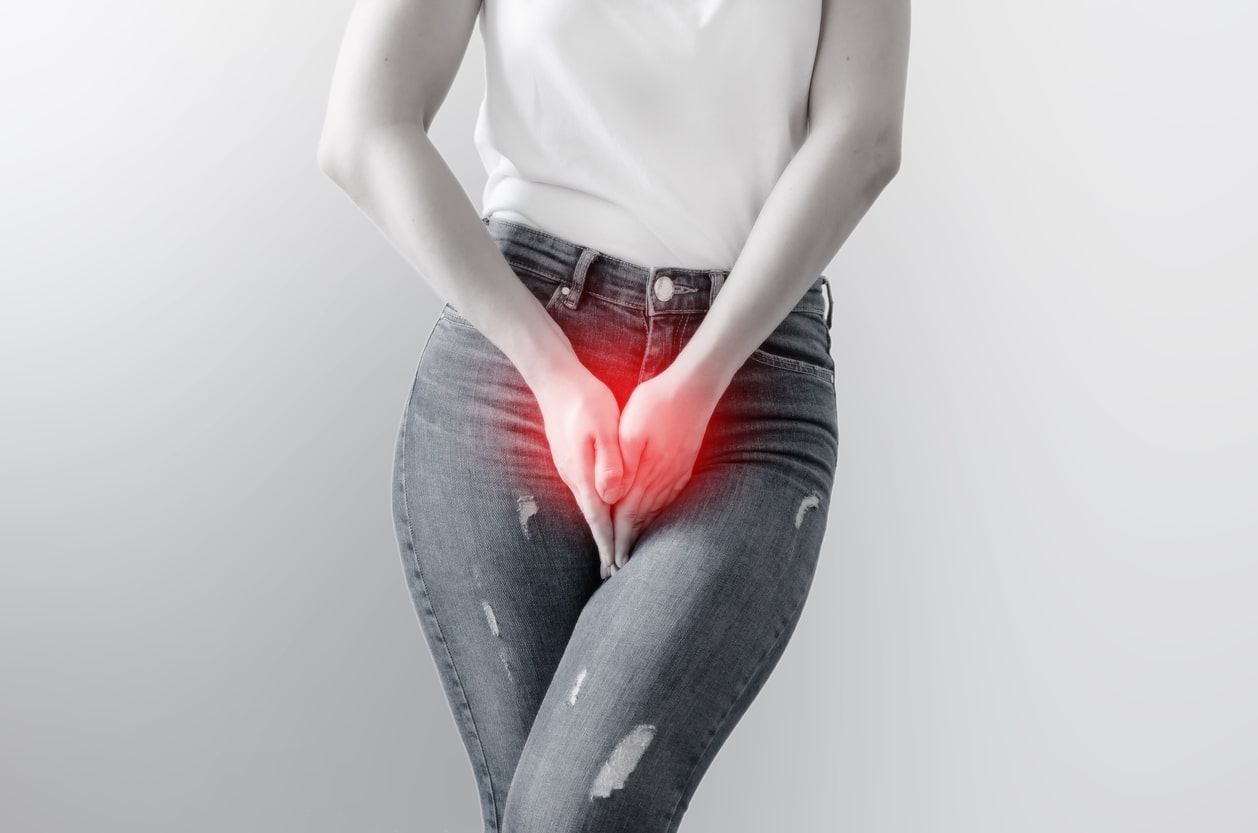Urinating is a part of everyday life. So much so, that we barely tend to think about it. It’s an automated response that when we feel the urge to urinate, we go to a restroom to do so. This basic task can quickly become a nuisance though when it goes awry, such as with a UTI or a urinary tract obstruction. Let’s take a closer look at urinary tract obstruction and how it can affect your everyday life.
What is Urinary Tract Obstruction?
Urinary tract obstruction, or obstructive uropathy, is when the flow of your urine becomes blocked. This may occur through your ureter, bladder, or urethra, preventing a natural flow through these essential areas. It can either be partially or fully blocked due to some type of obstruction.
Urine normally flows from your kidneys to your bladder, but when there’s an obstruction it flows backward into your kidneys, sort of like a boomerang. This can cause severe swelling in your ureters, which are the tubes that carry urine from your kidneys to your bladder, and in one or both of your kidneys.
Causes
There are many causes of urinary tract obstruction, which may be more closely determined by your internist in Los Angeles. When your ureter or urethra is blocked, it may be due to:
- Tumor in your kidney, bladder, colon, or uterus
- Blood clots
- Digestive tract disease
- Fracture in the pelvic region
- Kidney stones
- Nervous system disorder
- Enlarged prostate
In particular, men over 60 tend to be highly affected by urinary tract obstruction due to a normal increase in prostate glands as they age. When the prostate glands become too large, they tend to block the flow of urine.
In addition, pregnant women are another likely candidate of urinary tract obstruction due to the weight of the fetus pressing on the bladder.
Symptoms
Symptoms of urinary tract obstruction can vary depending on certain factors, including location, cause, and duration. If the obstruction happens fast and the bladder or ureter swell, this can cause some severe pain.
In addition, if the kidney swells, this can cause renal colic which causes a pain between the hip and ribs, and sometimes even the testis or vagina.
Urinary tract obstruction may also come on slowly. In either case, some symptoms to look for are:
- Trouble passing urine, or a slower/trickle of urine
- An urge to urinate often, especially at night
- Blood present in urine
- A decrease of urine coming out
- Feeling like your bladder is always full
You may also experience nausea, vomiting, or a fever, and even tenderness in the kidneys.
In the case that the obstruction occurs slowly, it may cause hydronephrosis. Hydronephrosis may present itself without any symptoms at first, but then develop sudden, dull aches in the right or left side of the lower back (where the kidneys are located). If the obstruction is due to a kidney stone, the pain may come and go intermittently.
Treatment
The main goal of treating a urinary tract obstruction is to remove the obstruction. This may involve surgery to remove tumors, polyps, or kidneys stones. In some cases, your kidney specialist may choose to use a stent, or a mesh tube, to open up your ureter or blocked area of your kidney. Once the area is opened with the stent, a flexible tube called a catheter is then inserted to help remove the obstruction.
Kidney Specialist Los Angeles
If you’re having difficulty urinating, you don’t need to continue sitting through the pain. Call Dr. Gura at 310-550-6240 or book an appointment online today. A healthy start is just around the corner.

